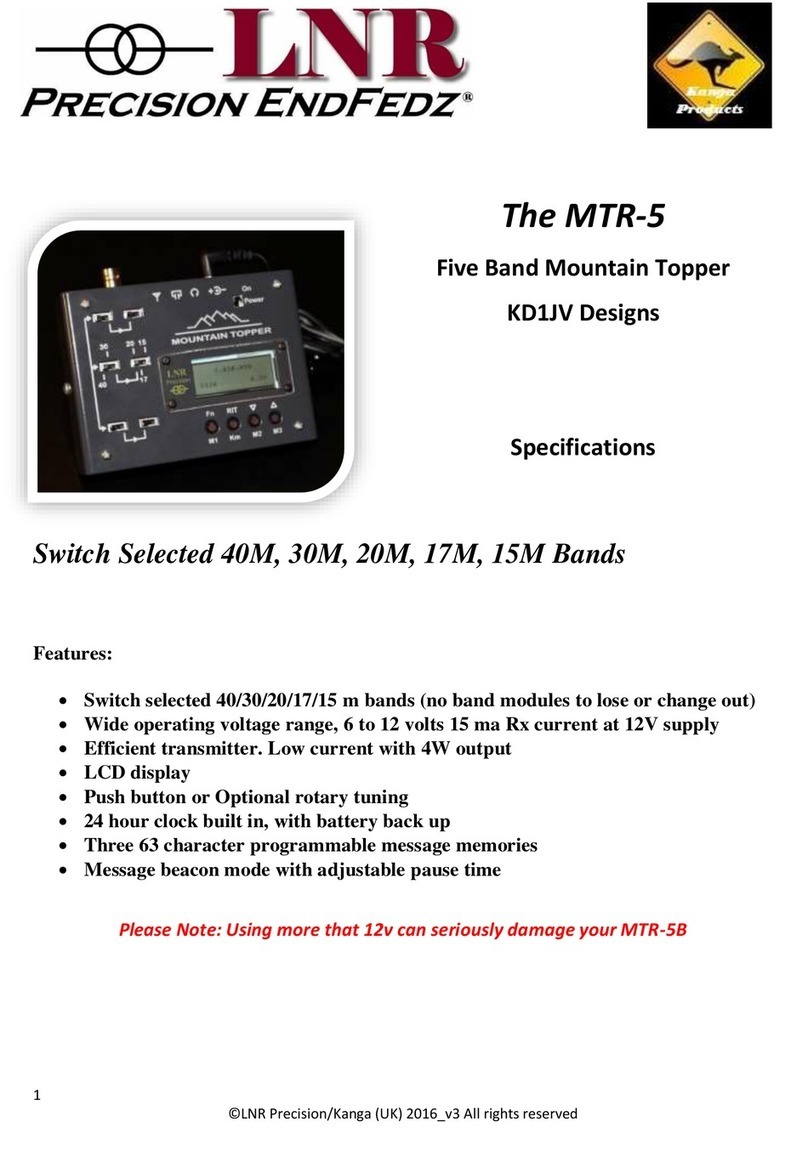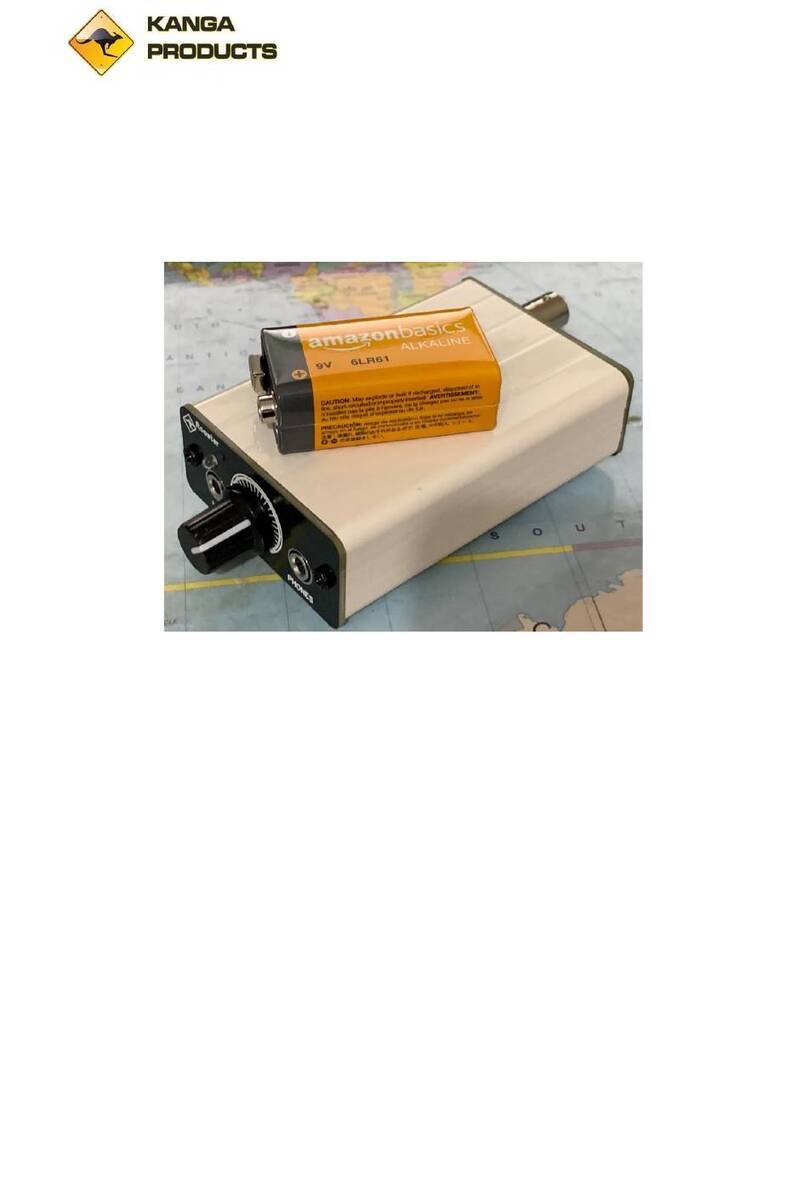Rooster CW Transceiver Rev3 Page 9 of 26 22nd Nov 2023
Stage 3 :- Side Tone
The Rooster has a sine wave sidetone generator, much more pleasant than many radios.
The first part we need to fit is a capacitor C16
C16 is a yellow capacitor with a 2.54mm pin spacing,
The value of this capacitor will adjust the volume of the
sidetone, we have used a value of 0.01uf for this.
CC16’s position is just
behind the Tune Control
location near the front of
the board.
Put this capacitor in its
location and slightly bend
the legs apart under the board, this will stop it falling out when you turn the board over to
solder it. Solder one lead first and re-check its still sat down correctly on the board. When
happy solder the second leg and trim the leads flush on the board.
The next part is a transistor, IMPORTANT ! many different transistors
all look just the same, look on the flat side of the transistors in this kit
and check you select the right one for this, you need to find the
2N3906.
This transistor is to be fitted in
position Q4 on the board, it’s just
behind the KEY IN socket.
Make sure you put it the correct way round, the outline on
the PCB shows the way it must be fitted.
Push the part down to the natural stop point, don’t force
it! It will sit about 3mm above the board. Bend the two
outer legs outwards so the part doesn’t fall out when you
turn the board over.






























